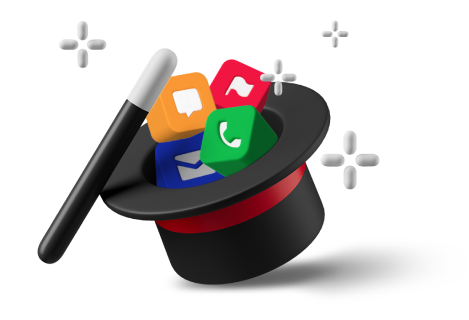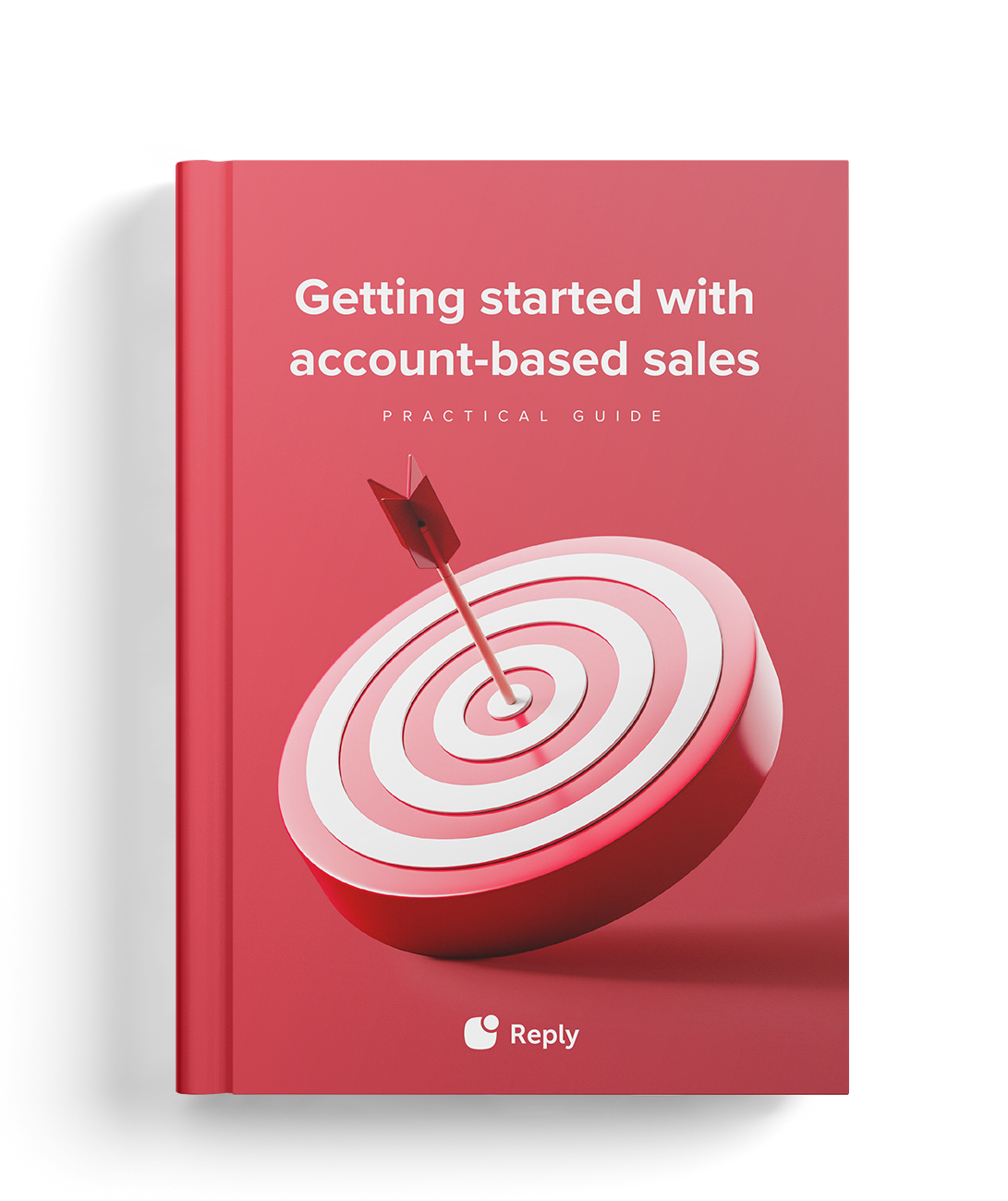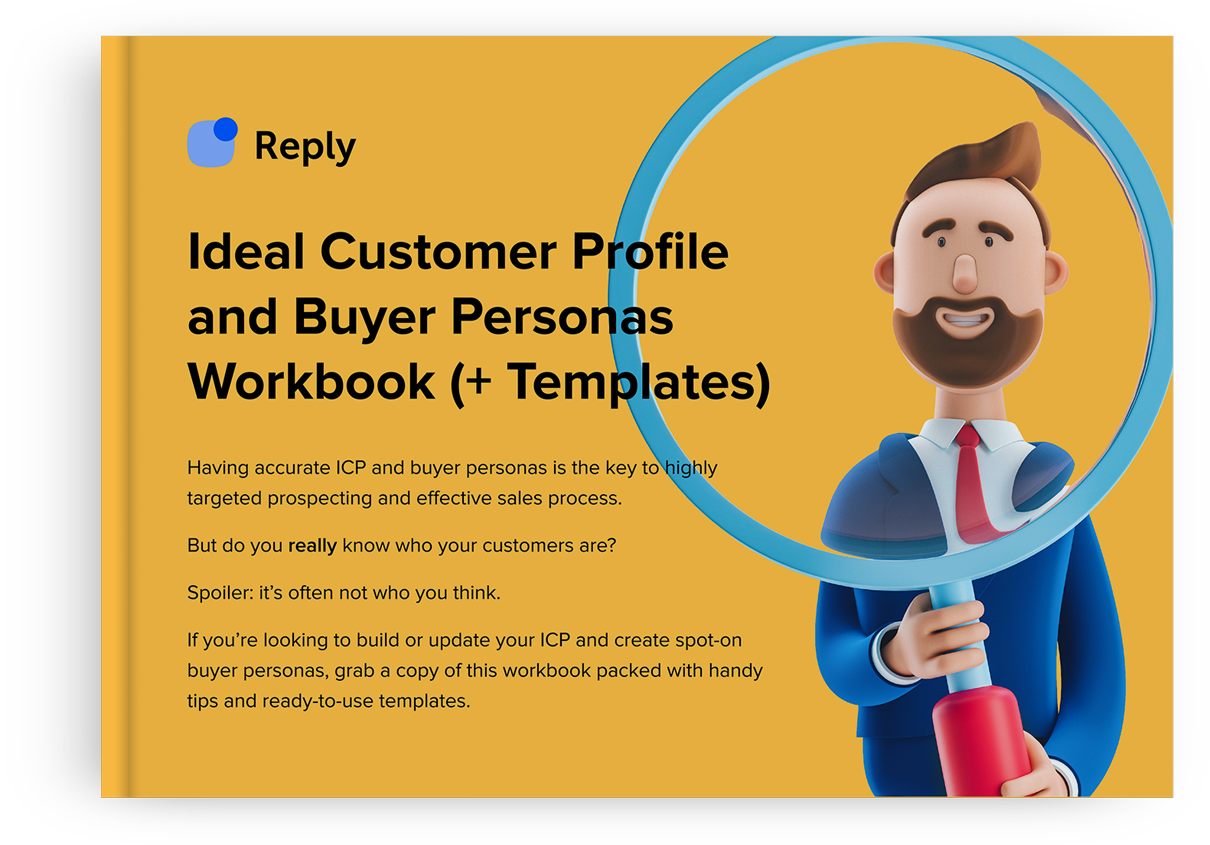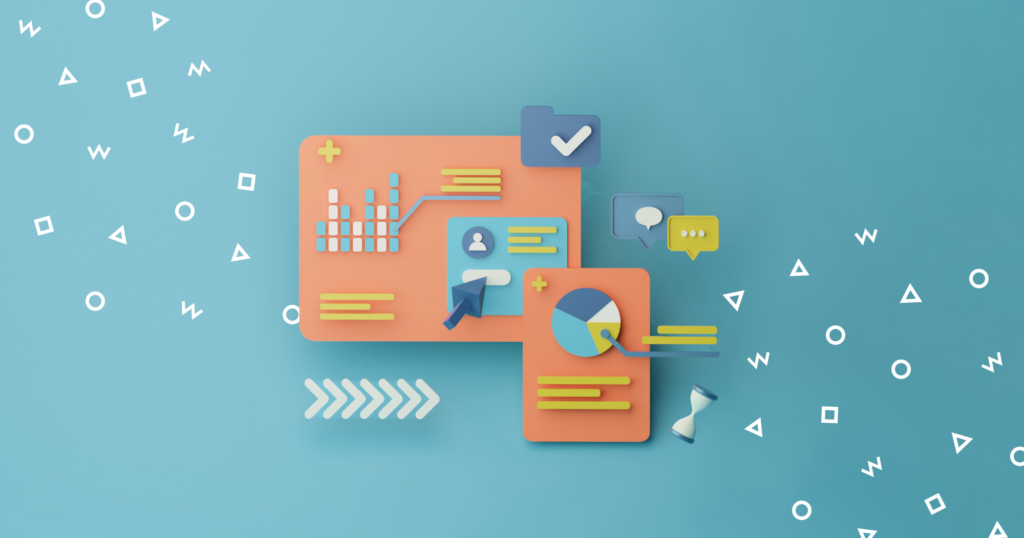Challenges of AI in sales prospecting (+how to outsmart them)
While AI can seriously level up your sales prospecting with AI, it’s not without its bumps in the road. But don’t worry—there are practical ways to dodge these challenges so you can get the best out of prospecting with ai.
Bad data = Bad AI
Let’s start with one of the biggest issues: bad data.
Sales prospecting AI (and other types) is like a high-performance car—it’s only going to run smoothly if you give it the right fuel. If you’re feeding it outdated, incomplete, or just plain messy information, it’s going to churn out unqualified leads or irrelevant insights.
The fix here? Regularly clean up your CRM.
Think of it as a spring-cleaning routine for your data—merge duplicates, update old contacts, and fill in missing fields. If that sounds like a lot of work, you can get AI to help by using data enrichment tools like Clay. These tools automatically fill in the gaps, ensuring your AI works with fresh, relevant info.
Over-automation feels robotic
Next up, there’s the risk of over-automation.
AI can handle a lot, but if you lean too hard on it, your outreach can start to feel robotic—like you’ve hit “auto-pilot” on relationships, and that’s not a great look. Sure, AI can draft follow-ups and schedule emails, but that doesn’t mean you should send every message straight out of the box.
The key here is balance.
Let AI do the heavy lifting, like analyzing engagement and behavior, but before hitting “send,” take a moment to inject some personality into the message. Maybe it’s a quick tweak to the tone or a little personalization, like referencing something specific about the prospect’s company or recent news.
A little human touch makes sure your emails don’t feel like they’re coming from a bot.
AI doesn’t get context (like, always)
Another common challenge? AI doesn’t always nail context.
While it’s fantastic at analyzing data and behavior patterns, it’s not always great at picking up subtle nuances. For instance, just because a prospect downloaded your whitepaper doesn’t mean they’re ready to buy—it could be for research or comparison.
So, to avoid jumping the gun based on AI’s recommendations, it’s always smart to double-check. AI might tell you this lead is ready to close, but your human judgment still matters—especially when it comes to understanding what a prospect’s really looking for.
Use AI for guidance, but don’t ignore your gut when it feels like AI might be missing the bigger picture.
It can be pricey
Cost is another factor to keep in mind, especially if you’re working with a smaller team or just testing the waters with AI.
Some advanced AI tools can be pricey, and that can make you hesitate to jump in. The good news? You don’t have to start with a big budget. Many tools, like Apollo.io or Double, offer free trials or basic plans.
Start with a tool like Reply.io that helps solve a specific pain point—like automating follow-ups or cleaning your data—and see how it fits your process. Once you see the return on investment (or ROI), you can expand and invest in more features.
It’s all about dipping your toes in before diving headfirst.
Steep learning curve
Then, there’s the learning curve. Let’s be real: not every AI tool is plug-and-play. Some might take a bit of setup and training, especially if you’re new to the tech.
But there’s an easy way around this.
Start with tools that are known for being user-friendly or have strong customer support and tutorials. A lot of AI platforms, like Reply.io, are designed to make onboarding as smooth as possible, even for non-tech-savvy users.
Another tip? Don’t try to automate everything right away.
Pick one or two tasks to start with—like scheduling emails or scoring leads—get comfortable with that, and then add more advanced features as your team becomes familiar with the tool.
Lack of personalization in smal markets
AI also sometimes struggles when dealing with niche industries or smaller markets.
If there’s not enough data, it might not be able to generate the insights you’re looking for. But don’t sweat it—you can still use sales prospecting AI effectively. Focus on using it for more general tasks like organizing and cleaning data or automating basic outreach. When it comes to the deeper personalization and insights, you can fill in the gaps with your own industry expertise.
AI can handle the busywork, but you bring the personal touch and knowledge to make those interactions feel more tailored.
AI fatigue (yes, it’s real)
Lastly, there’s the very real possibility of getting overwhelmed by all the AI tools out there. AI fatigue is a thing, especially if you’re trying to use too many tools at once. The trick here? Keep it simple.
Instead of signing up for every new AI tool you hear about, focus on a few that solve your most pressing issues. You’ll often find that some platforms, like Reply.io or HubSpot, combine multiple features into one tool, making it easier to manage everything in one place.
Consolidating your tools not only saves time, but it also prevents the confusion of jumping between too many platforms.
So while AI might come with its own set of challenges, they’re all totally manageable if you approach it strategically.
The rise of the AI-powered SDR
Watching the key tech trends in sales and sales development over the past few years, I predicted that AI would go mainstream in 2023. By now, all SDRs I know have at least a couple of AI tools on their stack.
Moreover, we see more of the sales tech industry players adding an extra layer of intelligence to their automations or even pivoting their products completely to prioritize AI capabilities (just like we did earlier this year with Jason AI). This means that the SDR tools stack evolution will continue bringing more opportunities and power to those who keep up with the trend.
According to McKinsey, 90% of commercial leaders expect to use generative AI solutions “often” over the next 2 years with over 20% of digital budgets already invested in AI-related technologies. But, as the researchers mention, the current use cases for AI in sales barely scratch the surface of what’s possible.
So it’s safe to say that we’re yet to see the rise of the truly AI-powered SDR.





![New in 2025: Reply.io Teams Up with Persana AI [+Live Webinar] New in 2025: Reply.io Teams Up with Persana AI [+Live Webinar]](https://reply.io/wp-content/uploads/persana.io_-1024x538.jpg)


